13 Reasons Why ’13 Reasons Why’ Gets It Wrong
Take a look at any of your social media timelines. What has been clogging up your feed for the past two weeks? A certain Netflix show, perhaps?
Photo by Samantha Visco
“13 Reasons Why” is now streaming on Netflix.
13 Reasons Why has been all the talk for teens and adults alike ever since it debuted March 31st on Netflix, becoming the most tweeted about show from the media giant in its first week of streaming with over three million tweets. Based on a novel by Jay Asher of the same name, the show focuses on the lives of teenagers at Liberty High in the aftermath of classmate Hannah Baker’s suicide, as she left behind thirteen tapes each detailing a reason for her demise. As one of the first major series to focus on the very serious topic of suicide, the second leading cause of death for young people ages 10-24, you’d think this show would be a groundbreaking and hauntingly accurate portrayal of mental illness and suicide in adolescents. But, it’s not. Here are 13 reasons why 13 Reasons Why shouldn’t be lauded as heavily as it has been.
Disclaimer: The following content contains mention of suicide and sexual assault, as well as spoilers.
- It simplifies suicide into a direct result of bullying and sexual assault, when in fact, it is much more complex.
While bullying and sexual assault are serious and traumatic events, they usually don’t lead directly to suicide, but to mental illness such as depression, which is the main cause of over 50% of suicides. The “Recommendations for Reporting on Suicide” list compiled by experts specifically state that suicide is usually the result of multiple causes, often involving mental illness, and not something that can be blamed on a single person or event, going against the show’s premise.
- Mental illness isn’t mentioned once in the show.
90% of those who commit suicide had a diagnosable mental illness. Hannah’s suicide, however, is caused by a “vigilante” effort to oust her bullies, turning her suicide into a revenge plot rather than a result of mental anguish and illness.
- The tapes are just a big blame game, when suicide is a choice made by the person themselves.
The characters targeted in the 13 tapes are “blamed” by Hannah for causing her to take her life, although that was the way she chose to react, even if the things they did were wrong. Hannah’s main love interest, Clay, doesn’t deserve to be on the tapes, as she points out, yet she includes him anyway, which causes him to become a wreck, which has been pointed out by some critics and suicide survivors as selfish and unfair, perpetuating the stereotype that suicide is a selfish and cowardly act.
- Instead of portraying this as the serious topic it deserves, it’s portrayed as a catalyst for romance and drama.
Instead of shining a light on the much larger topic of suicide, the show uses Hannah’s act as a way to bring about more high school drama, especially those on the tapes. A romance that could’ve been is constantly called back to between Hannah and Clay, yet this topic shouldn’t be watered down for a tragic romance.
- It romanticizes suicide.
The show puts out a flawed message that suicide is romantic through Clay and Hannah’s flashbacks, and Clay thinking he could’ve saved her if he “loved her more”. This portrayal may lead impressionable teens into thinking this show is a romance, similar to how Romeo & Juliet is treated, and has inspired many girls swooning over wanting a “Clay” of their own, and many guys creating 13 Reasons Why-inspired “promposals”. A show about suicide shouldn’t elicit these happy and romantic feelings in teens, which is why it was a bad choice to portray Hannah and Clay’s story as a romance.
- The show’s message is that “love and kindness could prevent this from happening”, yet many with mental illness know that to be untrue.
Clay seems to think that if everyone were a little bit kinder to Hannah and if he loved her more, he could’ve saved her life. While it may have helped, that’s not a guarantee. While love and healthy relationships release oxytocin and have many benefits, it does not cure depression and mental illness.
- Some of the people on the tapes create their own cult and try to bring down Clay.
Afraid of Clay leaking their secrets found on the tapes to the public, some of the accused band together and try to get rid of Clay by any means necessary: one instance was to put drugs in his bag to get him suspended. This is just pointless drama that can send the message that these people don’t care that Hannah killed herself, which is an awful thing to portray to someone watching who might feel like Hannah.
- Alex, one of the 13 recipients of the tapes who feels true remorse for what he’s done, has signs of suicide but is ignored.
Putting Hannah on a list as “Best Ass”, Alex’s actions cause some boys in the school to start harassing Hannah. After listening to his tape, Alex becomes distant, has bursts of anger, recklessness, and constantly blames himself for Hannah’s death. No one else notices this, and Alex ends up shooting himself in the head. This is problematic as none of the characters in the entire show learned from Hannah, and let another teen possibly reach the same fate (it’s unknown if he survives).
- Clay notices another student struggling, yet ignores it until the end.
For someone who is devastated about the suicide of a close friend, Clay doesn’t seem to take that into account when speaking with an old friend, Skye, and noticing scars on her arms, angrily pointing them out to her when she starts to attack Hannah’s character. Skye basically responds that it’s how people who don’t kill themselves deal. This is incredibly harmful, as some people watching might take self-harm as an acceptable alternative to suicide to deal with their problems rather than seeking the help of medical professionals. While Clay does reach out to Skye in the end, it’s the same “being kind can save a person” shtick and isn’t the same as professional help.
- When Hannah does reach out, she’s shut down using common stereotypes, which can make depressed teens watching feel like there’s no hope or help for them.
When Hannah does choose to reach out on how she feels empty, everyone thinks the anonymous note in communications class is just someone looking for attention. Towards the end, Hannah goes to her counselor as a last attempt to survive, but he dismisses her feelings and says she’s overreacting. This is not something a professional would do to a minor who’s depressed and expressing suicidal thoughts. These scenes can deter people who feel like Hannah from sharing how they really feel out of fear of being seen as attention-seeking and dramatic, a common stereotype and misconception of people who admit intent/commit suicide.
- The fact that the whole season is narrated by Hannah, a victim of suicide, contradicts the fact that suicide is final, and can give maturing teens the wrong idea.
Once someone commits suicide, it’s final. There’s no coming back, even if Clay says he wants to love Hannah back to life. Director of the Suicide Awareness Voices of Education, Dan Reidenberg, says the manner in which the show is portrayed, with a deceased girl narrating the show, can confuse young people as they’re “not that great at separating fiction from reality.” He goes on to say those struggling with suicidal thoughts may have an even tougher time with this show and the content. While the victim can affect family and friends’ lives after they commit, such as the pain and grief Hannah’s parents and Clay endure, they can’t be present. Even though her voice on the tapes lives on, Hannah is dead and gone, a fact that Clay chooses to ignore at times and that flashbacks can confuse viewers. The way the show is produced is fitting to the plot of the story with the tapes, but young viewers at home who aren’t mature enough to understand suicide might not realize that if they were to commit, that it’s final and there’s no returning.
- The show portrays a graphic and detailed suicide, against professional’s advice.
The scene where Hannah slits her wrists is extremely graphic and drawn out, even changed from overdosing on pills from the book, as show creators say they wanted to show how serious and graphic the topic really is. This goes against the “Recommendations for Reporting on Suicide” for media, as experts fear showing the exact methods can inform people how to commit as well and inspire copycat suicides.
- The show offers no resources for those who are suffering like Hannah.
Usually when a form of media mentions rape or suicide, a hotline is provided for those who may be struggling. While before the episodes involving rape and Hannah’s suicide are shown include a content warning, they provide no resources for help. It was only after the entire series, which most viewers like myself weren’t even aware of. It isn’t that difficult to put two hotline numbers after each episode for a few seconds, and is a potential life-saving tool.
While the creators of the show shouldn’t be entirely blamed, the show is based on a book, after all, more attention to detail was needed to make it a more real-life portrayal of a terrible thing that is attempted over five thousand times a day. The show does have strong acting and the color contrast between the flashbacks and the present are visually appealing, yet after watching, as someone who’s struggled with these topics before, the show just misses the mark. Hopefully, with all the publicity 13 Reasons Why is getting, it will raise suicide awareness, prompt people to take better care of their mental health, and learn how to access services that are available.
If you or someone you know is thinking about or has been affected by suicide, you can call the National Suicide Prevention Lifeline at 1-800-273-8255 or check out their online chat line. For those struggling with sexual abuse, you can contact the Rape, Abuse, and Incest National Network at 1-800-656-4673, or go to www.rainn.org.

Gr. 12
"I know I may be young, but I've got feelings too."-Britney Spears

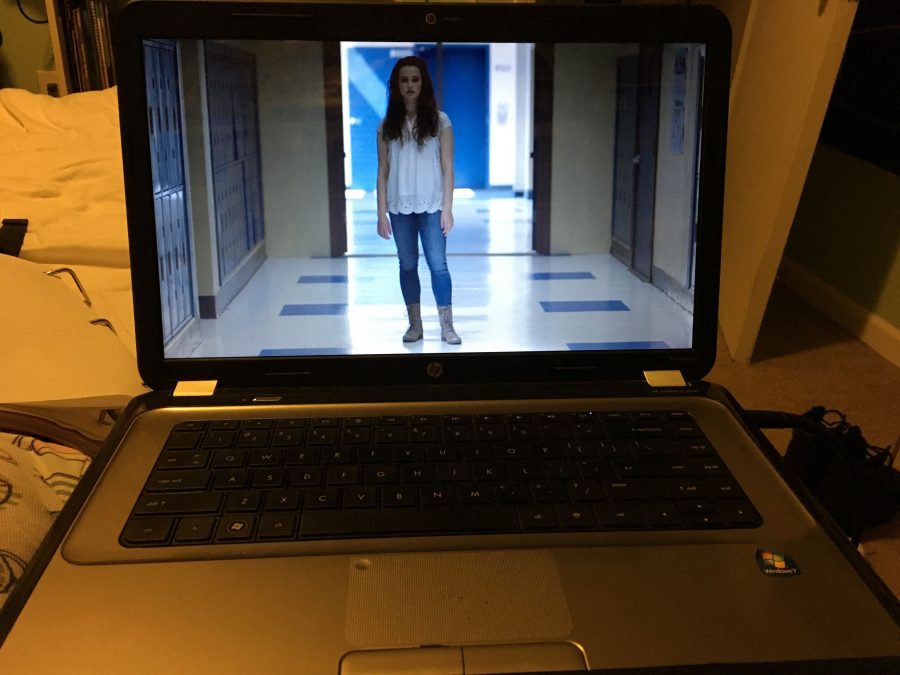
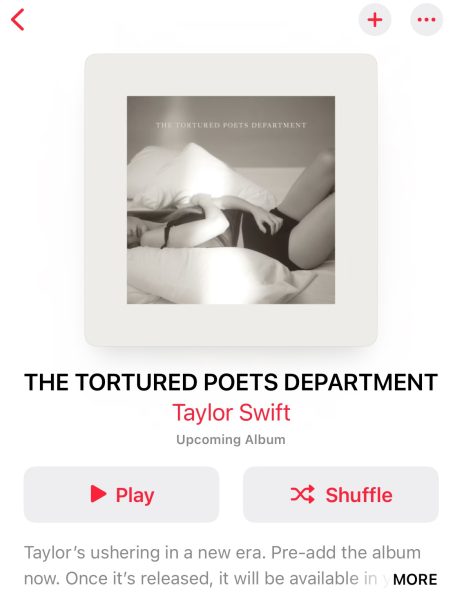
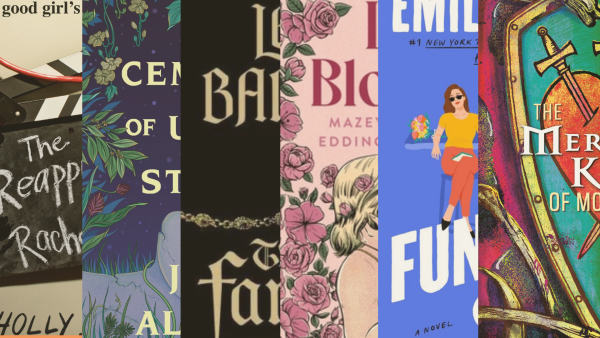
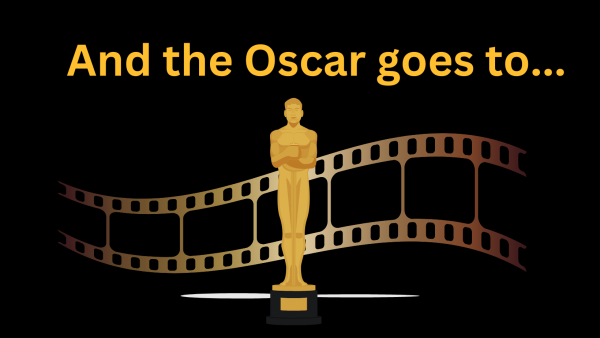
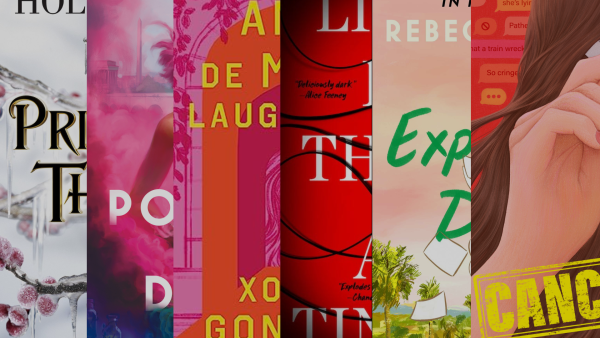
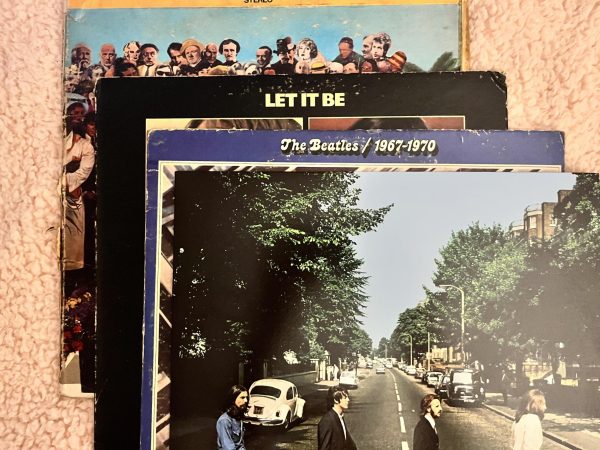
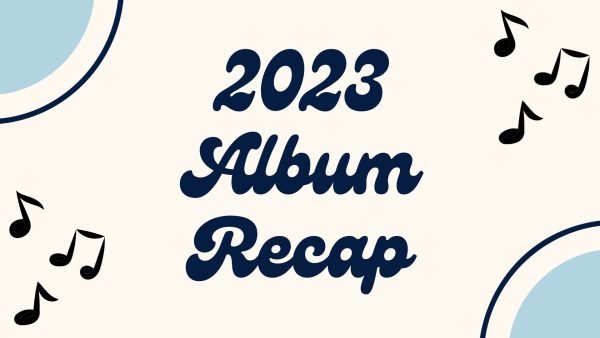
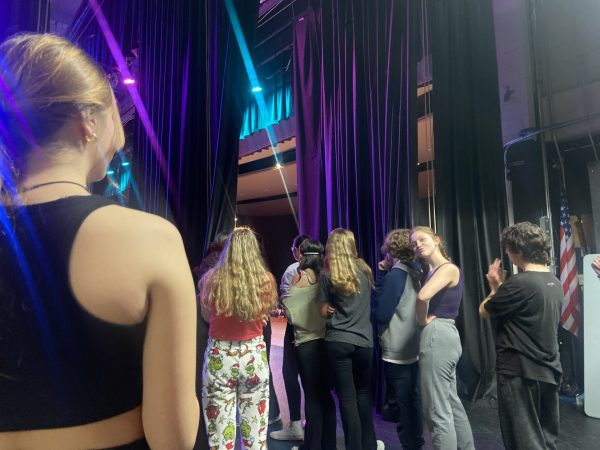
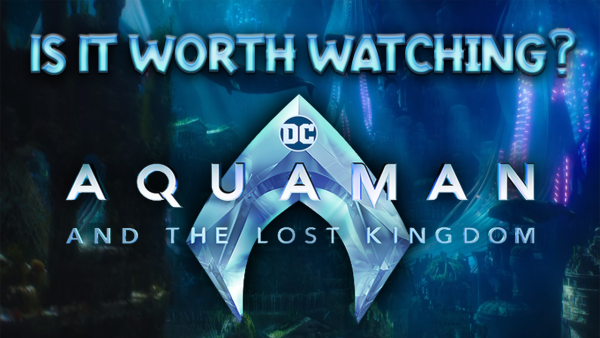

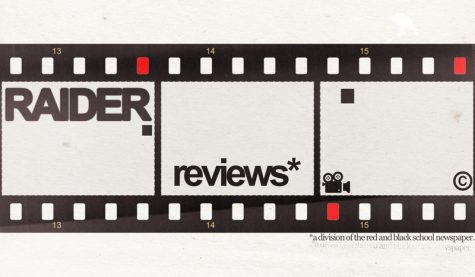
Nick • Apr 28, 2017 at 3:13 pm
In regards to the title of point number 3: I agree with what you said on the matter and everything pertaining to the show in general; but, claiming that suicide is a choice is highly flawed.
Mrs. Kirwan • Apr 27, 2017 at 9:01 pm
Extremely well written and researched. I read the book years ago upon a recommendation of a student. I found it problematic.
I began to watch the Netflix version, hoping it would resolve some of the issues with the novel. I stopped watching it after one episode upon a recommendation of a student; as soon as I knew I they showed her graphic suicide, I knew the series was WRONG.
Jeannie Mejias • Apr 20, 2017 at 11:34 pm
Insightful article on the exploitation of suicidal ideation being streamed into the lives of impressionable teenagers.